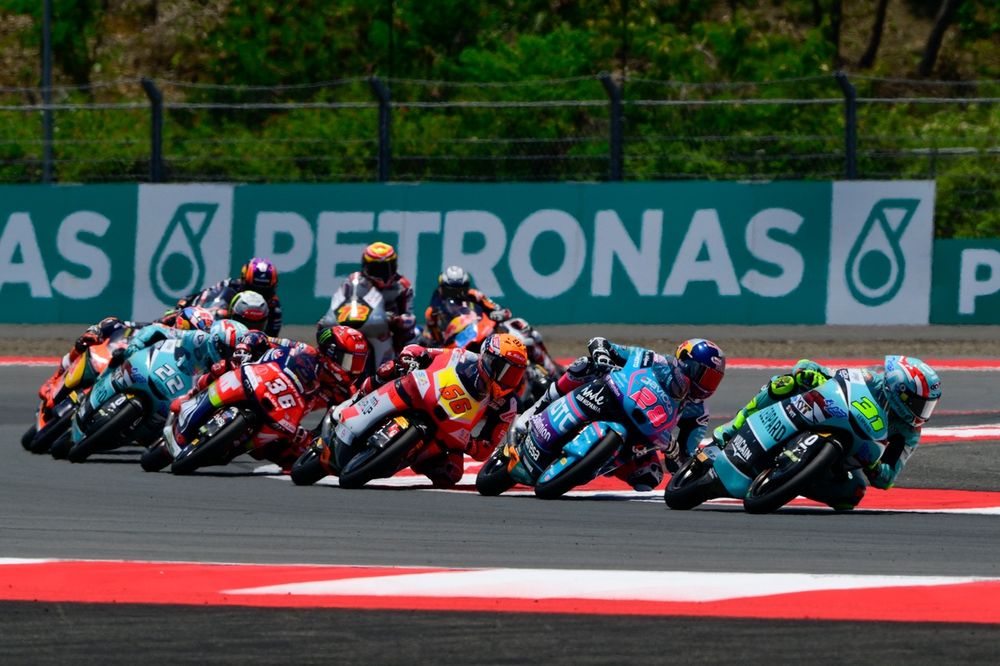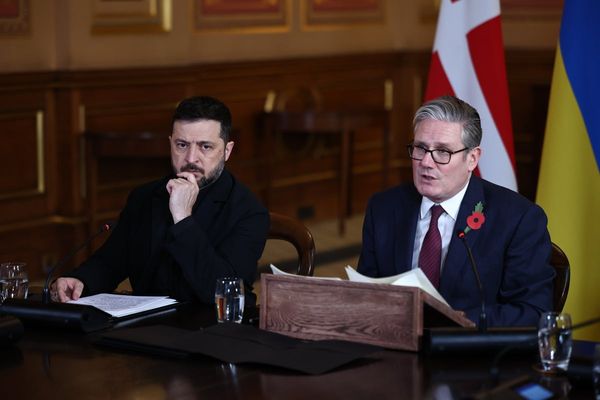
Yamaha has been chosen by Dorna as the exclusive manufacturer for the Moto3 grid starting in 2028, coinciding with the introduction of new 700cc engines, Autosport has learned.
The championship's rightsholder has long been working on a plan to shake up the smallest category in the grand prix paddock, with the clear goal of cutting costs for teams - many of which are struggling to afford ever-lengthening seasons. That’s the driving force behind the ongoing Moto3 overhaul, which will culminate in 2027 with the end of the current prototype era and the arrival of a new generation of machines designed to be significantly simpler the following year
At present, Moto3 bikes use 250cc single-cylinder engines supplied by KTM or Honda, capped at €60,000 for six units under current regulations. Chassis are limited to €85,000. Those figures are considered excessive, and the simplified technical concept behind the new bikes is expected to reduce costs substantially.
Although several manufacturers submitted proposals to become the single supplier, Autosport understands that Dorna has opted for Yamaha’s project, and has already informed the other contenders. The agreement is considered firm and is expected to be formalised in the coming weeks.
Broadly speaking, the plan revolves around a new 700cc twin-cylinder engine, derived from the R7 powerplant but featuring specific modifications for the championship. Autosport also understands that Yamaha will supply the chassis, which should help further contain overall costs. The approach mirrors Moto2’s single-supplier model, where Triumph has provided 765cc triple engines - based on the Street Triple - since 2019, and will continue to do so until 2029.

Yamaha’s proposal aims to lower budgets on two fronts: by using less expensive components and, naturally, by eliminating manufacturer competition - which removes the need for constant investment to gain an advantage.
Still, the dramatic jump in displacement for the smallest class is striking, as it will significantly narrow the performance gap between Moto3 and Moto2. One possible interpretation is that Dorna hopes the change will attract more American riders, who tend to be more accustomed to larger-capacity motorcycles.
Once this decision is made official, it will mark the end of the Moto3 era as we know it - a chapter that began in 2012 when the class replaced the popular 125cc two-strokes.
The new ruleset, coming into effect in 2028, will follow another major shake-up: MotoGP’s 2027 technical reform, centred on reducing aerodynamic aids and cutting engine capacity from the current 1000cc to 850cc. As a result, the displacement gap between Moto3 and MotoGP will shrink to just 150cc - even if the budgets and levels of development remain worlds apart.








Read and post comments